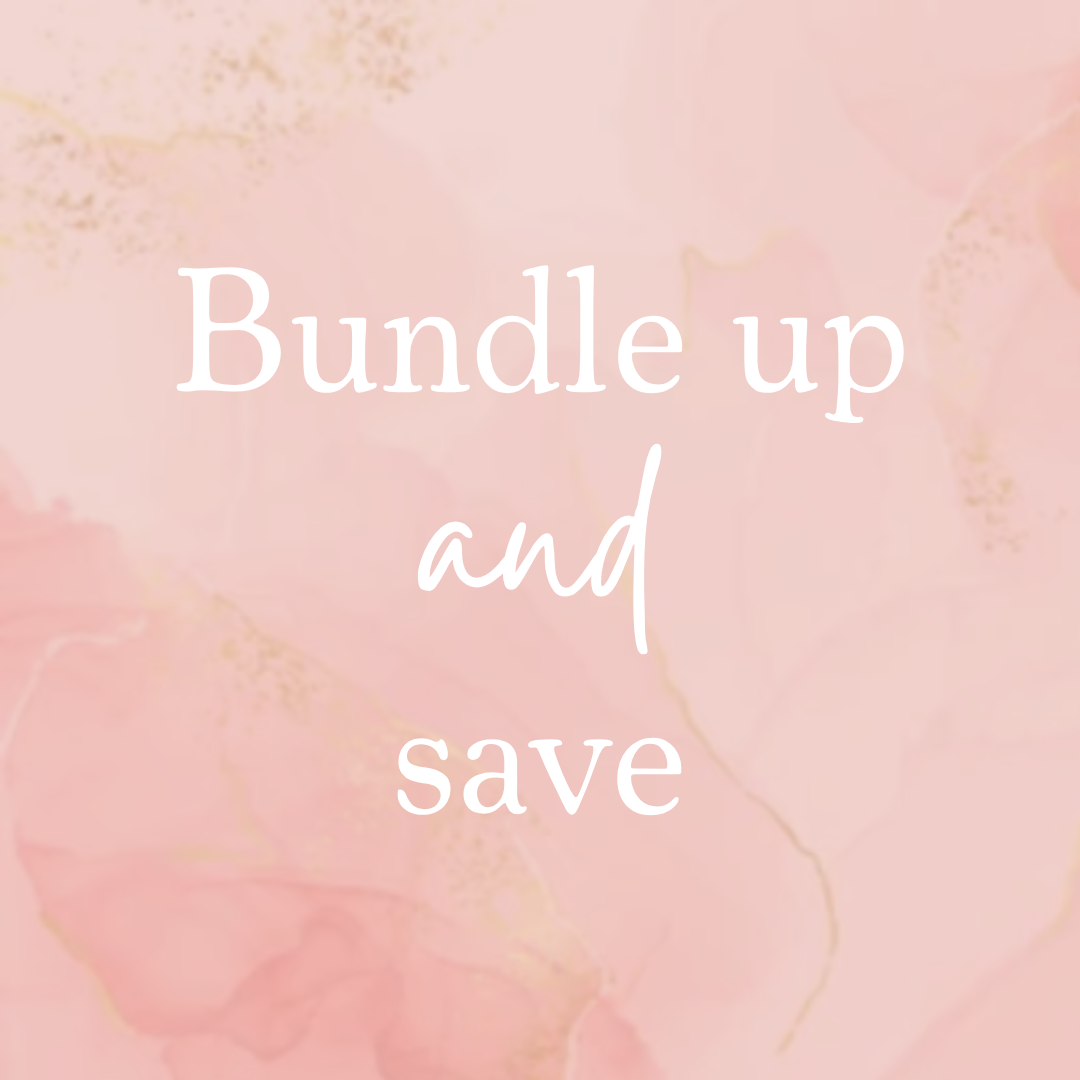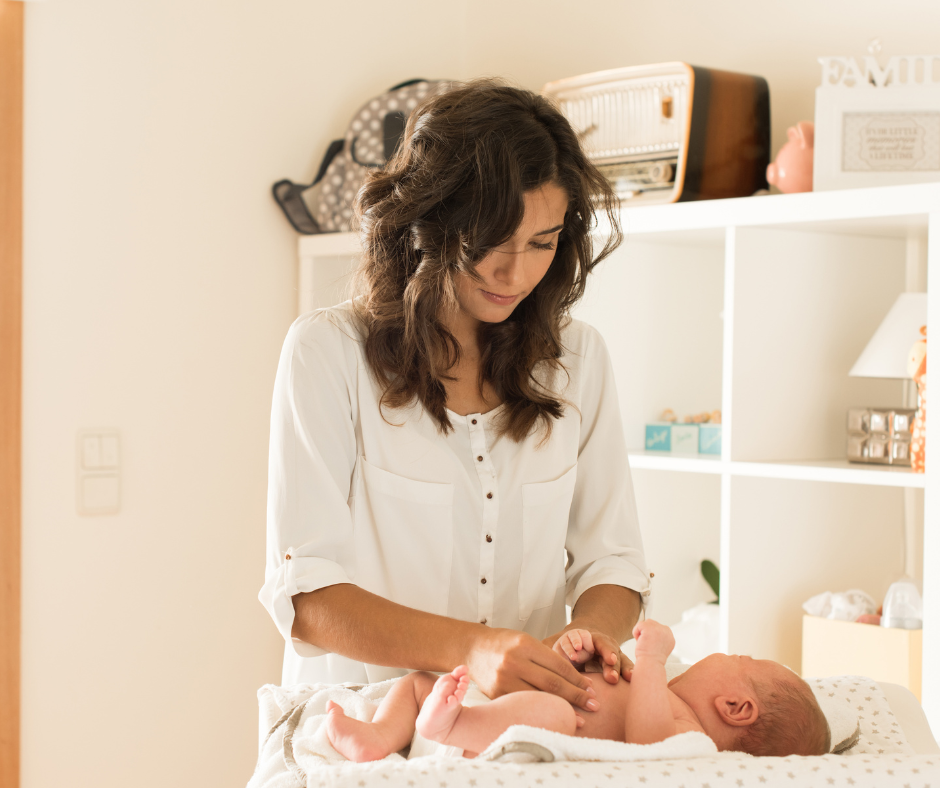
Whether you’re planning on using cloth nappies from the moment your little one is born, or you’re already using disposables and are planning on making the shift, starting out with using cloth nappies for the first time may seem daunting. So we’re here to share some useful things that you should know (we’ve been there too, after all!) to help you kick off your journey in a positive way:
-
Let’s start with the different types of nappies:
There are 4 types of nappies that you can consider:
All-in-One: These nappies are designed to be as easy as disposables, making them a very popular choice. Incorporating an absorbent inner which is attached to the outer waterproof layer, there’s no need for any extra bits.
All-in-Two: Very similar to the all-in-ones, these nappies consist of a waterproof outer shell with an absorbent insert; the difference being that the insert is removable.
Pocket Nappies: A waterproof outer shell and a fleece inner, with an opening along the back where you would insert absorbency layers as required, allowing you to adjust absorbency as needed by adding more inserts for heavier wetters or night time.
Two-Part Nappies: Normally the most absorbent and leak-proof of all nappies; these consist of separate waterproof nappy covers and inner absorbent layers. Much like the All-in-Twos, the nappy cover can be used more than once if not soiled and therefore you will require fewer covers.
-
You’ll need a place to store used ones:
Between washes, you’d need somewhere to place used nappies and inserts that’s separate from your usual laundry basket. You can purchase a nappy bucket or a wet bag that are all designed for this purpose - click here to check out our range!
-
Know how to clean them:
Another aspect of cloth diapering that daunts parents is how to wash them; but truth is, it’s super simple! Cloth nappies can be washed in your washing machine and tumble dried, but it’s important to keep a few things in mind:
- No fabric conditioner/softener - be sure not to add any softener as this tends to leave residue which builds up and prevents absorption! The best washing product to use is a non-bio laundry powder.
- Give them a rinse cycle before washing - this will help to get the bulk of the urine out. You can then add on other clothes / towels for the regular wash cycle.
- Use the baby settings on your machines - this will ensure not only that they are all washed thoroughly but also that they are cared for to prevent wear and damage.
-
Nervous about poo? Here’s what to do!
Nappy liners are your best friend when it comes to dealing with a poopy diaper. Simply place a liner over the insert of your little one’s nappy (ensure all is well tucked in!) and once there’s poo, just wipe it off with a tissue and toss it into the toilet. You can get reusable & washable liners, or biodegradable disposable ones. Click here to check out our range!
-
Remember: You can start small
One thing that often panics parents is the idea of having enough nappies to get by, or the initial payment to buy all the nappies they’d need. We’d like to remind you that even though going full-time cloth nappies is ideal, it doesn’t have to be that way from the get-go if you’re uncertain. Buy a starter bundle and see how things go; maybe you’ll start with one a day, or just night-time, or use them every couple of days or just on weekends. Eventually you’ll get into the swing of things and you can grow your collection and switch to cloth nappies full time!
![]()
Got any questions? Be sure to get in touch with us on Facebook or Instagram. We also offer FREE CONSULTATIONS to provide you with all that you need to know and share any advice to help you get started in confidence.




